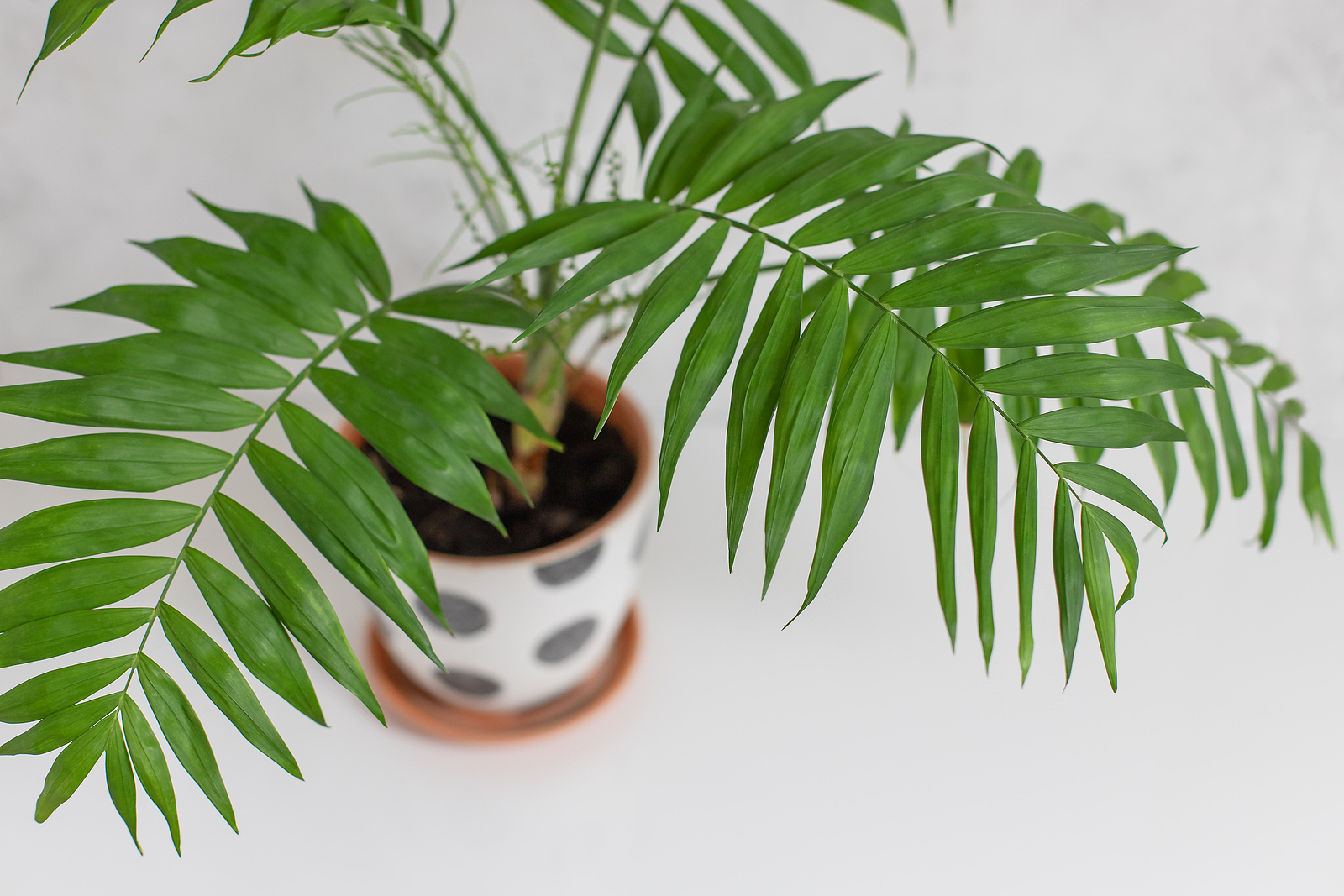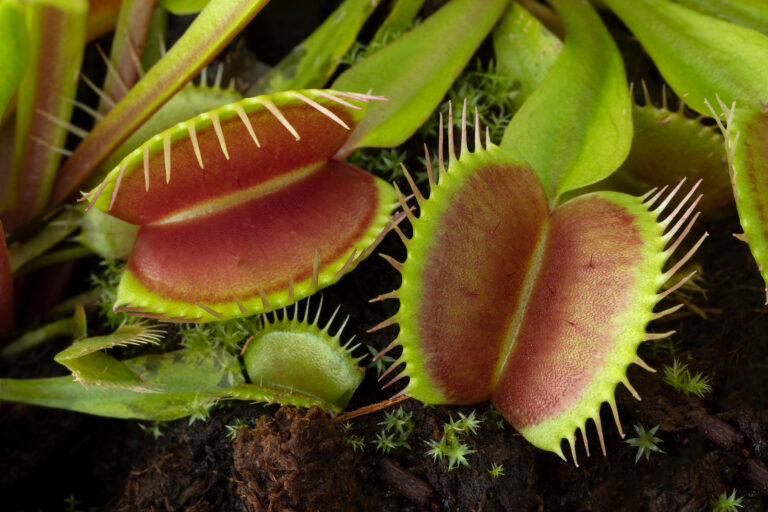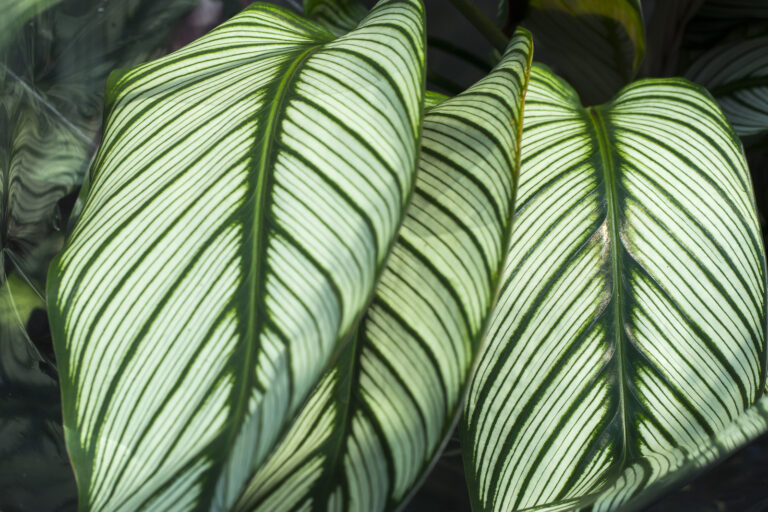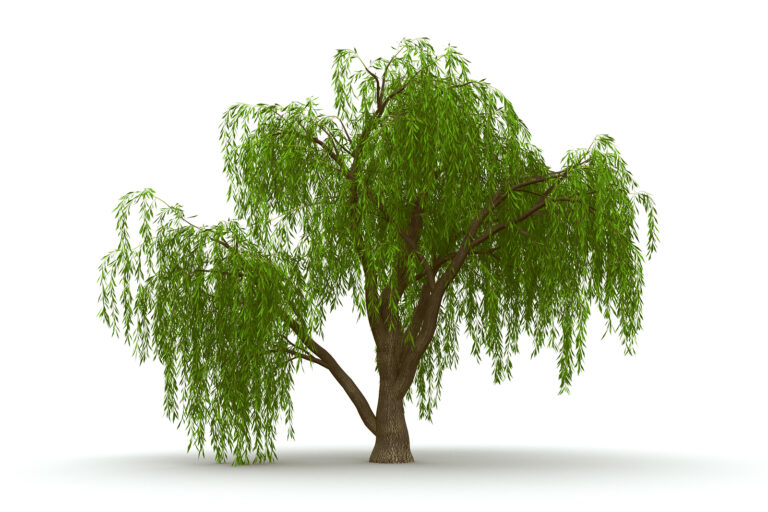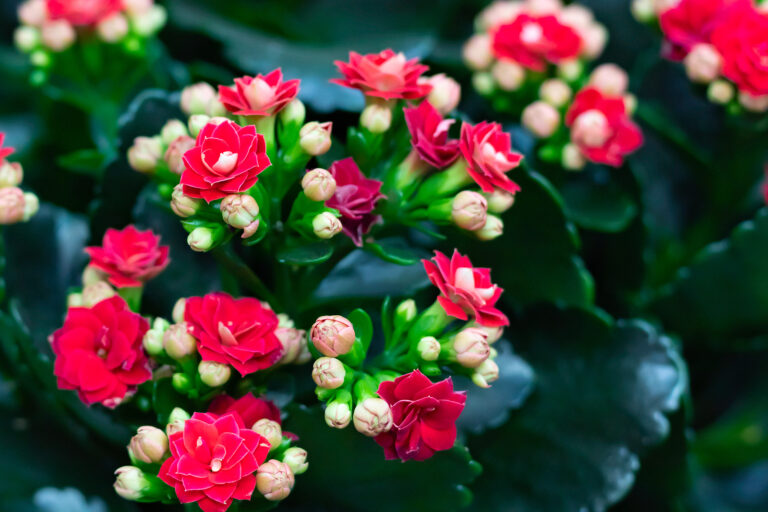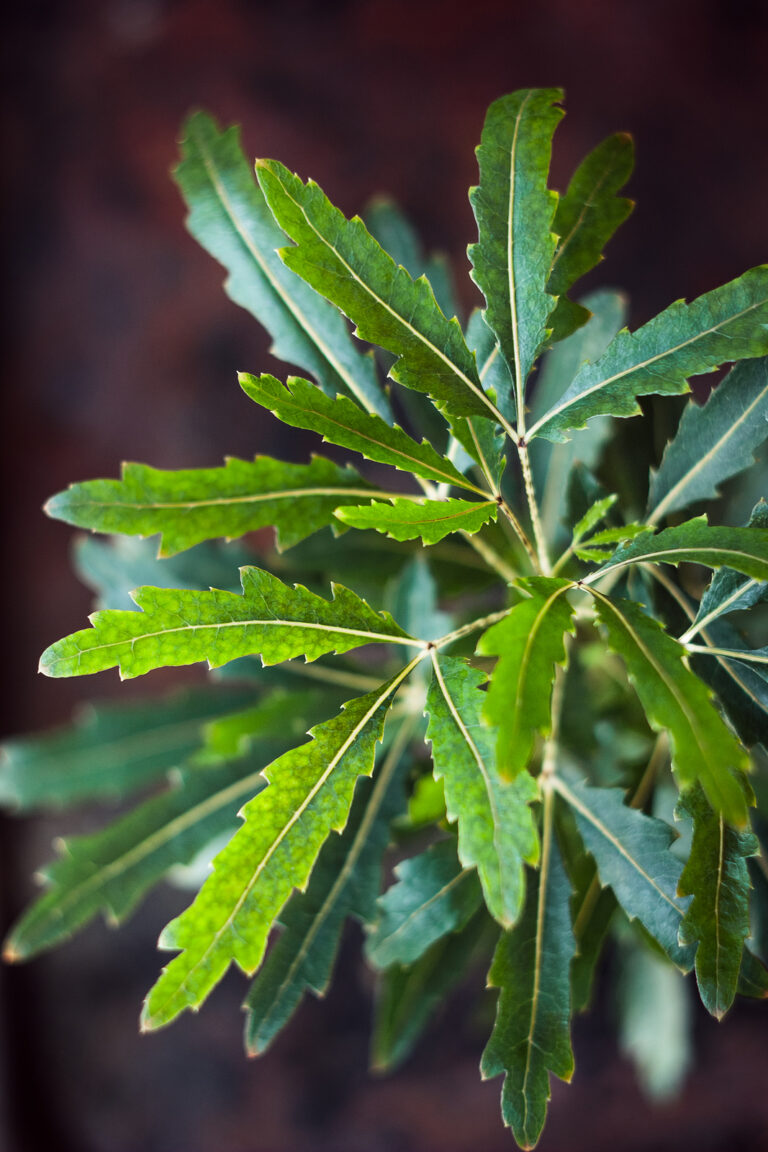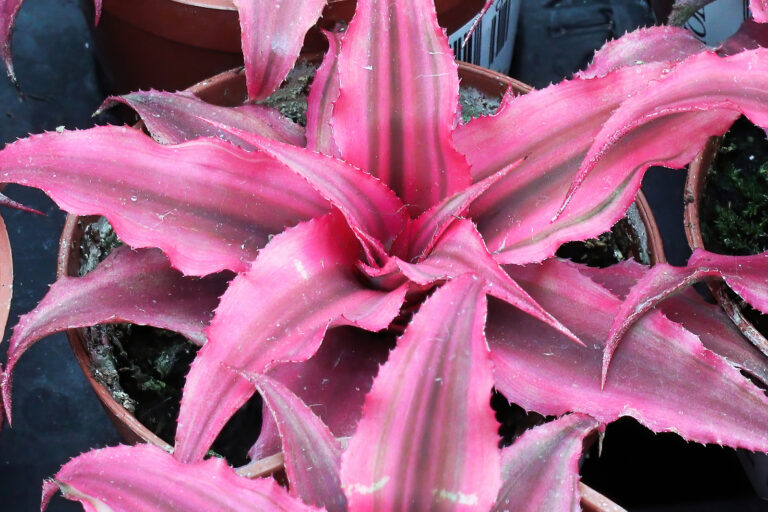How to Grow Parlor Palm — Chamaedorea
Chamaedorea–often called parlor palm–is a slender feathery palm with canelike stems. It has graceful, arching green fronds. Indoors Chamaedorea grows to about 3 feet (1m) tall with fronds about 18 inches (45cm) long. The fronds tend to grow upward rather than out.
Chamaedorea is best grown in bright filtered or indirect light indoors. Outdoors it should be shaded from the sun.
Chamaedorea is a genus of about 100 species of mainly small palms. They are native to rainforests in Mexico and Central and South America.
Get to know Chamaedorea
- Plant type: Palm
- Growing zones and range: Zones 11-15
- Hardiness: Tender
- Optimal growing temperature: day, 70° to 75°F (21° to 24°C); night 65° to 70°F (18° to 21°C). and medium to high humidity.
- Height and width: Some varieties may reach 8 to 10 feet (2.4 to 3 m) tall and 3 to 6 feet (1-2m) wide, but this takes a while since they grow very slowly. Grow to 4 feet (1.2m) in height with fronds 15 inches (38cm) long and 24 inches (61cm)wide.
- Foliage: Slender feathery palm with canelike stems to 3 feet (1m) tall. Graceful arching green fronds grow to 18 inches (45cm) long.
- Flowers: Insignificant flowers are borne on spikes or panicles
- Bloom time: Summer
- Uses: Houseplant, speciment tree in tropical garden, set potted Chamaedorea outdoors in the shade in summer
- Common name: Bamboo palm, parlor palm
- Botanical name: Chamaedorea
- Family name: Arecaceae
- Origin: Rainforests in Mexico, Central and South America
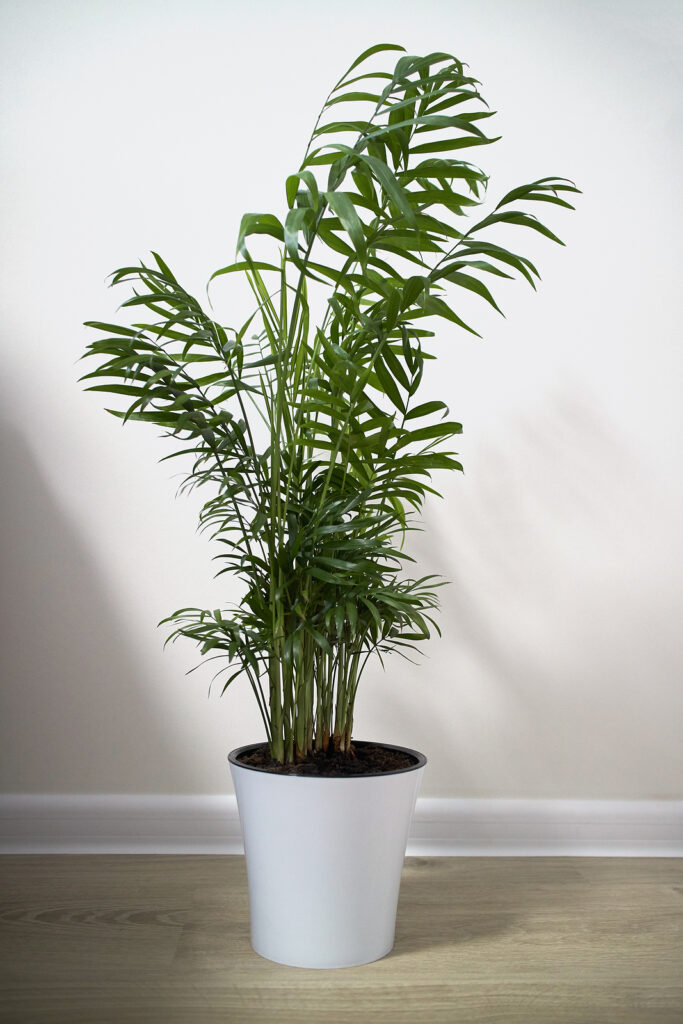
Where to plant Chamaedorea
- Light: needs bright light; it can tolerate lower light, but may become spindly over a period of time. Low light from eastern exposure; keep out of direct sun.
- Soil: all-purposed soil mix, all-purpose mix, with good drainage.
When to plant Chamaedorea
- Set Chamaedorea outdoors any time of the year in tropical and subtropical regions.
Planting and spacing Chamaedorea
- Space Chamaedorea 3 to 6 feet (1-2m) apart.
How to water and feed Chamaedorea
- Water: Keep the soil evenly moist, but not soggy. Chamaedorea prefers a humidity level of 40 to 50 percent.
- Feeding: Fertilize Chamaedorea every two weeks in spring and summer. Use a mild liquid fertilizer or fish emulsion diluted to half strength.
Chamaedorea care
- Keep Chamaedorea pot bound; repot when roots occupy ¾ of pot space.
- Chamaedorea rests during winter. Keep the soil barely moist; withhold fertilizer.
Growing Chamaedorea as a houseplant
- Chamaedorea needs bright light; it can tolerate low light but may become spindly over time.
- Chamaedorea does best in a warm temperature, high humidity, and evenly moist soil.
- Leaf tips can turn brown as a result of insufficient water and low humidity.
- Feed Chamaedorea regularly in spring and summer.
Chamaedorea pests and diseases
- European fan palm is vulnerable to attack by mealybugs, mites, scale insects and thrips.
- Parlor palm is susceptible to spider mites, especially if the air is dry. It can also attract mealybugs, scale insects and thrips, and can develop Gliocladium rot.
- Check for spider mites. Plant suffers in cool, drafty location.
Chamaedorea propagation
- Chamaedorea can be propagated by division of the multiple stems and repotted in an all-purpose soil mix.
- Chamaedorea can also propagated by seeds. Sow seed at 77°F (25°C) or warmer.
Chamaedorea varieties to grow
- Chamaedorea elegans, parlor palm. Slender-stemmed with broad, sprawling fronds. ‘Bella’ grows in a more erect, compact form to a height of 2 feet.
- C. humilis, European fan palm: grows to 4 feet in height with fronds 15 inches long and 2 feet wide.
- C. cataractarum, a dwarf clustering species, has black fruits.
- C. elegans, parlor palm, sometimes listed as collinia elegans or neanthe bella, has erect stems with dark green fronds and grows to 36 inches (91 cm). small pale yellow flowers appear occasionally, followed by black fruit.
- C. erumpens, bamboo plam, has clusters of slender stems and arching dark green fronds with broad, drooping leaflets. Grows to 10 feet (3 m) tall.
- C. glaucifolia is a decorative palm with narrow, blue-green fronds.
- C. seifrrizii , reed palm. Small planthas clusters of erect stems and narrow, rich green, grasslike leaflets; bears fragrant male flowers, and tolerate more sun than other Chamaedorea species.

